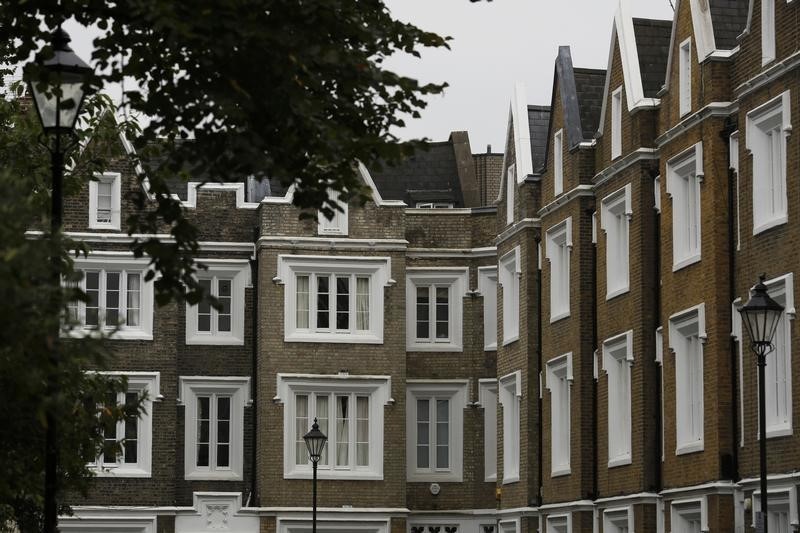Proactive Investors - Mortgage approval numbers for UK homebuyers last month were the strongest in 18 months, new data from Bank of England shows.
Net mortgage approvals for house purchases rose to 61,300 in March, the highest number of net approvals since September 2022, up from 60,500 in February.
This compared to consensus forecasts of 61,500, or 60,000 depending on who you ask.
Remortgage approvals, which only capture remortgaging with a different lender, fell to 34,200 from 37,700.
Gross mortgage lending rose from £18.6 billion in February to £20.1 billion in March, its highest amount since February last year.
The BoE said the ‘effective’ interest rate – the actual interest paid – on newly drawn mortgages decreased by 17 basis points, to 4.73% in March.
Economists said the increase in net mortgage approvals was much smaller than those seen in the previous two months.
"This likely reflects the effect of rising mortgage interest rates," says Peter Arnold, chief economist for EY UK. "With mortgage rates set to edge up further, as the impact of higher swap rates feeds through, the EY ITEM Club expects the recovery in mortgage approvals to continue to cool."
Rob Wood at Pantheon Macroeconomics said the figures showed households "moved swiftly to capitalise on lower mortgage rates" seen in the quarter, "but it remains to be seen whether this resilience lasts" after the recent rise in borrowing costs, including yesterday's hikes from NatWest (LON:NWG), Nationwide and Santander (BME:SAN).
Other figures from the BoE showed net consumer credit improved to £1.6 billion in March from £1.4 billion, better than the £1.5 billion expected.
This further rise in gross unsecured lending "adds to the evidence that consumers are shedding the caution that overshadowed 2023," said Arnold.
This, plus the solid growth real income growth that is also being seen, meant the EY ITEM Club expects stronger demand for credit to "drive a consumer-led upturn in activity through 2024".
Households' total liquid assets, including deposits with banks and building societies, as well as cash stored in NS&I accounts, increased by £8 billion, above the £4.8 billion average month-to-month increase in the two years prior to the pandemic.
Wood said this showed many people are seeing replenishing their rainy day funds as a priority after running down their savings to sustain their standard of living during the high levels of inflation shot up in the past two years.
"Nevertheless, the recent recovery in consumers’ confidence appears to be spurring other households to borrow more," he said, with net consumer credit rising 8.8%, materially exceeding the growth rate of households’ incomes.
"This re-leveraging has plenty of distance left to run, given that the unsecured credit-to-income ratio is 3pp lower than on the eve of the pandemic. Accordingly, we continue to expect above-trend growth in consumers' spending and GDP this year."
